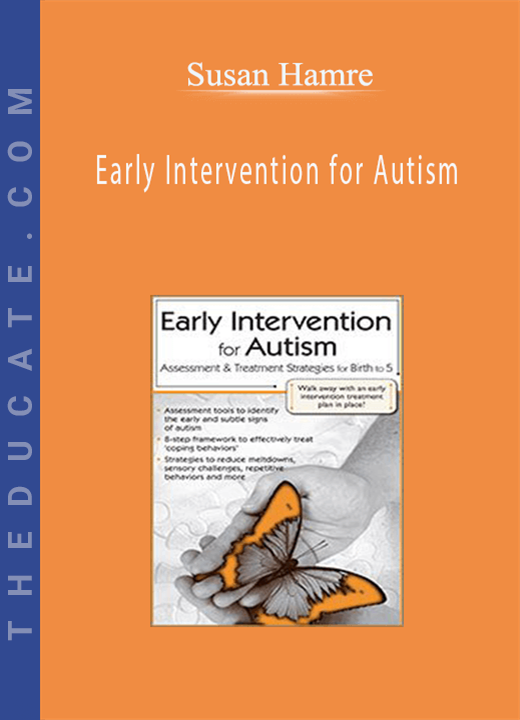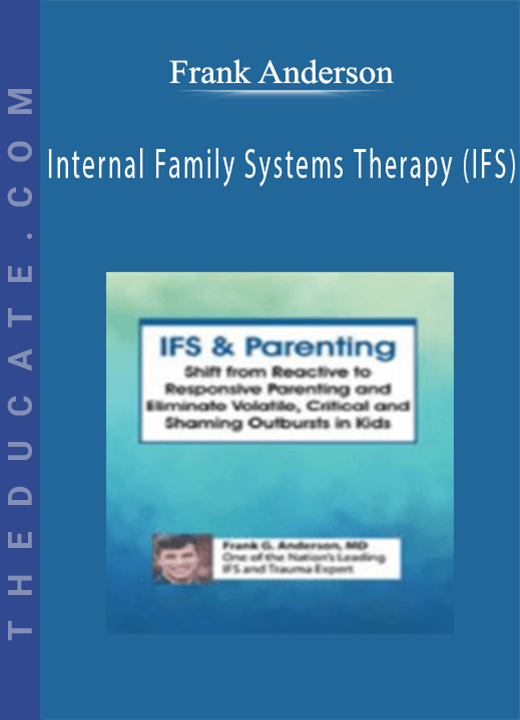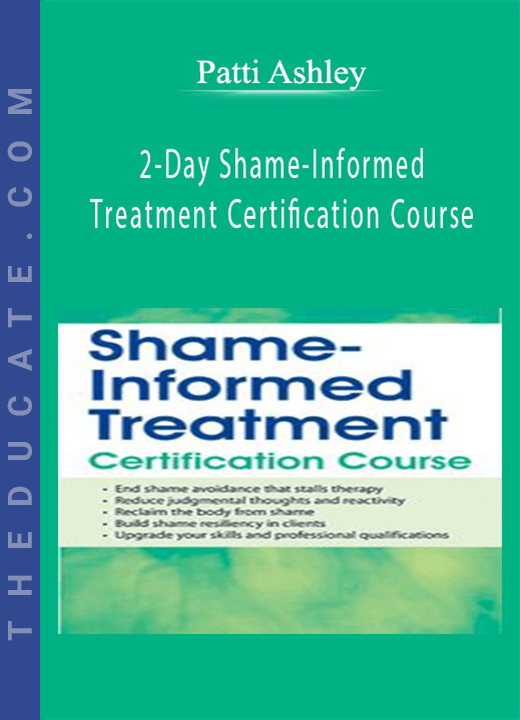Description
Early Intervention for Autism: Assessment & Treatment Strategies for Birth to 5 – Susan Hamre
- Assessment tools to identify the early and subtle signs of autism
- 8-step framework to effectively treat ‘coping behaviors’
- Strategies to reduce meltdowns, sensory challenges, repetitive behaviors and more
Watch autism expert Susan Hamre, MA, CCC-SLP, and spend time sharpening your critical observational skills at recognizing the early and subtle signs of autism. The behavioral differences between a neurotypical infant and one with autism are so subtle—easily missed and can become deeply ingrained into the child’s neurological system.
You will learn treatment techniques that effectively interrupt and replace the development of many ‘coping behaviors’ exhibited by children with autism (ages 0-5), such as:
- Meltdowns/tantrums
- ‘Stimming’
- Sensory seeking/avoiding
- Reduced engagement
- Reduction of social reciprocity
- Hyper-focusing
- Resistance to cuddling/being held
- Eating/sleeping challenges
- Repetitive behaviors
- Under-developed communication
- Characterize the six developmental milestones found in young children as it relates to case conceptualization for the treatment of autism.
- Analyze the 14 ‘red flags’ found in a young child who is at-risk for autism and utilize this information to assist with assessment and treatment planning.
- Explain the subtle differences in neurotypical and at-risk infants for purposes of parent/family psychoeducation.
- Utilize six screening and assessment tools to determine if autism is present in a young child.
- Employ specific clinical strategies/techniques to reduce and replace challenging behaviors inherent to autism.
- Characterize aberrant play behaviors in children that can be an early identifier to the possible risk for autism.
- Screening and Assessment
- Measure developmental milestones
- ‘Red flags’ of autism
- Subtle differences in neurotypical and at-risk infants
- Latest research in early intervention
- Video case studies:
- Neurotypical and at-risk development
- Subtle, easy to miss signs of autism
- Distinct results of early intervention
- Treatment Framework: Interrupt/Replace Coping Behaviors
- Underpinnings of displayed behavior
- Recognize and support sensory seeking/ avoiding actions
- Pair preferred and non-preferred actions/activities to enhance change
- Replacement activities that can interfere with aberrant behaviors
- The power of distraction that can alter rigid behaviors
- Stimulate engagement as initially related to their interests
- Unstick the ‘sticky’ attention
- Steps to broaden child’s play-based activity
- Strategies/Techniques to Treat ‘Coping Behaviors’
- Meltdowns/tantrums
- ‘Stimming’
- Sensory seeking/avoiding
- Reduced engagement
- Reduction of social reciprocity
- Hyper-focusing
- Resistance to cuddling/being held
- Eating/sleeping challenges
- Repetitive behaviors
- Under-developed communication
- Resistance to change
- Treatment Case Studies:
- How to begin treatment with a 9 month old
- 14 month old who does not respond to pain
- 2 year old with hyper-focus issues
- Build Customized Treatment Plans
- Practice designing realistic goals
- Dissect behaviors to build effective treatment plans
- Design a treatment plan for your client
- Reduce Insurance Denials
- Writing obtainable goals
- Documentation: Treatment steps to show progress
Salepage: https://href.li/?https://catalog.pesi.com/item/31954/







3 reviews for Early Intervention for Autism: Assessment & Treatment Strategies for Birth to 5 – Susan Hamre
There are no reviews yet.